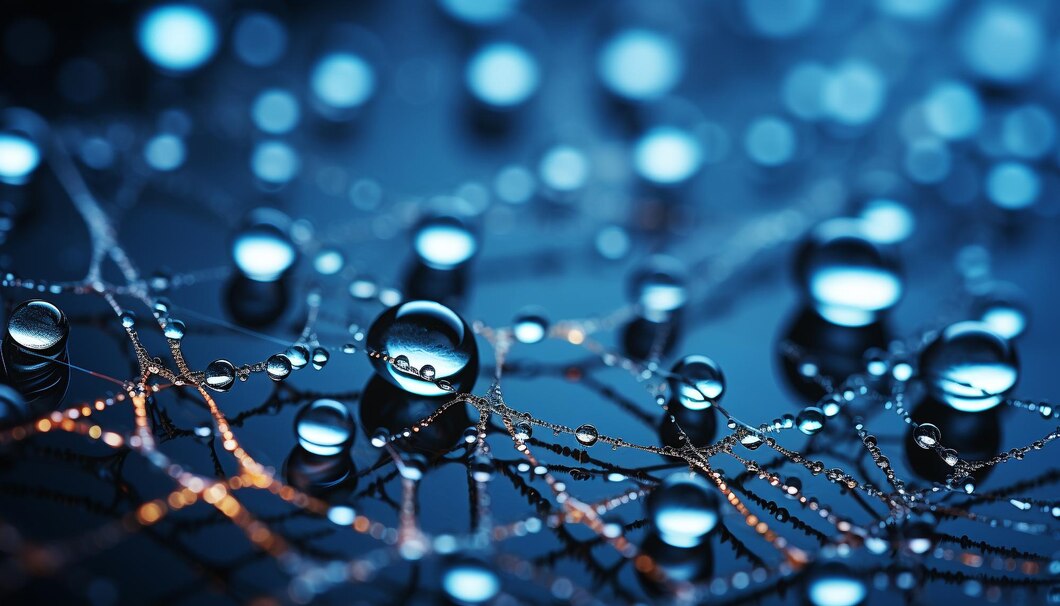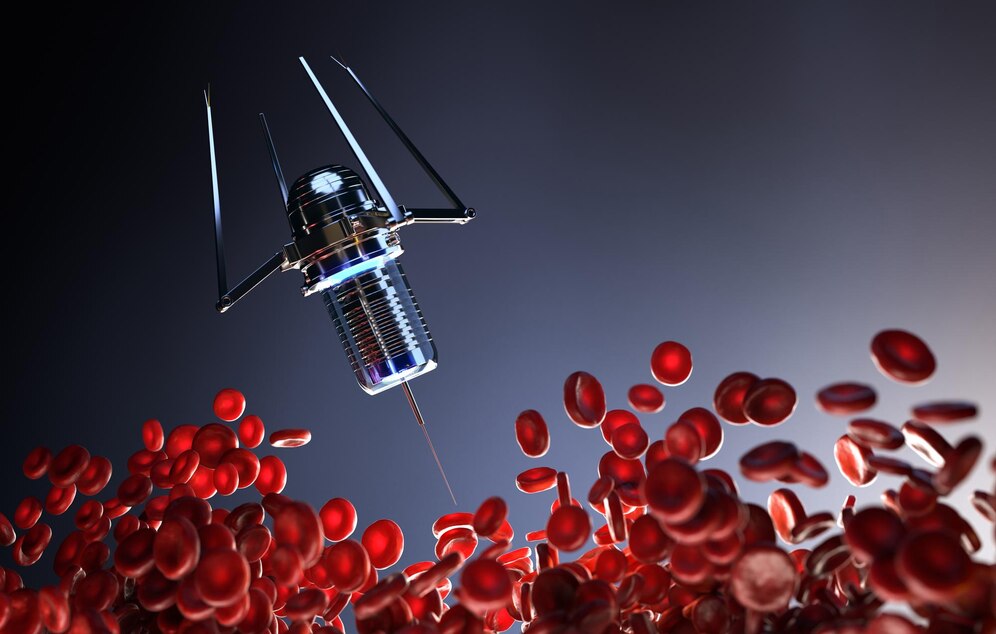Nanotechnology, particularly in the field of medicine, represents a groundbreaking development. Modern medical applications have harnessed nanoscale structures to offer new possibilities for treating diseases at the cellular level. In this article, we will explore the areas where nanotechnology is applied in medicine, its role in cellular therapies, and future perspectives.
What is Nanotechnology?
Nanotechnology refers to the manipulation of matter at the atomic and molecular levels. One nanometer (nm) is equivalent to one billionth of a meter. At this scale, the properties of materials differ significantly from their behavior at the macro scale. In medicine, this scaling allows the development of new treatment methods.

Applications of Nanotechnology in Medicine
Nanotechnology has many applications in healthcare, ranging from early diagnosis to drug delivery systems. Below are some examples of how nanotechnology is being used in medicine:
Targeted Drug Delivery Systems
Targeted drug delivery systems ensure that medications reach the diseased area directly, helping to minimize side effects. Nanoparticles act as carriers, enabling drugs to target only the diseased cells. For instance, in cancer treatment, traditional chemotherapies affect all cells, but with nanoscale delivery systems, cancerous cells can be specifically targeted.
Cellular Regeneration and Tissue Engineering
Nanotechnology plays a significant role in cellular therapies and tissue engineering. Nanomaterials can create a microenvironment conducive to cell growth and proliferation. Especially in stem cell therapies, nanotechnology can facilitate the transformation of cells into specific tissues, allowing for the repair of damaged areas in the body. This technology is used in areas such as wound healing and organ repair.
Cancer Treatment
Nanotechnology offers promising results in cancer treatment. Nanoscale particles can target cancer cells and deliver drugs specifically to them. Additionally, materials such as “gold nanoparticles” developed through nanotechnology can be used in radiation therapy to help destroy cancer cells. This method has the potential to kill cancerous cells without harming healthy ones.
Biosensors and Diagnosis
Nanotechnology can also be used for the early diagnosis of diseases. Nanoscale biosensors are designed to detect specific biomolecules in the body. These biosensors can detect biomarkers for diseases like cancer or infections, offering fast and accurate diagnostic capabilities. For example, nanosensors capable of detecting specific proteins or DNA sequences in a drop of blood can help diagnose diseases in their early stages.
Nanorobots
Nanotechnology holds great potential in the medical field with the development of nanorobots. These nanorobots can move through the body, intervene in specific cells, or repair damaged tissues. Particularly in minimally invasive surgical procedures, these robots could clean plaques from blood vessels, destroy cancerous cells, or deliver drugs directly to the diseased area.

Cellular-Level Treatments
Treatments at the cellular level allow for earlier and more effective interventions. Nanotechnology plays an essential role in such therapies by enabling a detailed examination of cellular mechanisms. Cells can be studied and treated at the molecular level with the help of nanotechnology. Below are some areas where nanotechnology contributes to cellular treatments:
Gene Therapy
Gene therapy involves correcting defective genes or replacing missing genes with healthy ones. Nanotechnology offers a safer and more effective method for gene therapy by replacing viral vectors with nanoparticles as gene carriers. Nanoscale particles can be used to transport DNA or RNA to target cells, enabling more precise and successful outcomes in the treatment of genetic disorders.
Immunotherapy
Immunotherapy is a treatment that strengthens the immune system and activates the body’s defense mechanisms to fight diseases like cancer. Nanotechnology aids immunotherapy by directly affecting immune cells, making them more robust. Nanoparticles can carry materials that enhance immune cells’ ability to fight against diseased cells, giving the body’s defense system a significant advantage.
Intracellular Nanomedication
Nanoparticles can cross cell membranes and directly reach the inside of cells, affecting intracellular mechanisms. This method can target specific organelles within cells and repair damaged cellular structures. For example, in diseases caused by mitochondrial damage, nanoparticles can target mitochondria and contribute directly to the treatment process.
Targeting Receptors on Cell Surfaces
Receptors located on cell surfaces play a crucial role in disease diagnosis and treatment. Nanotechnology can bind to these receptors and either alter cell behavior or make them more responsive to specific treatments. This technology is particularly useful in cancer treatment, where drugs can be delivered directly to tumor cells by binding to surface receptors.

Advantages and Challenges of Nanotechnology
Nanotechnology offers numerous advantages in medicine, but it also presents some challenges and risks. These advantages and challenges can be summarized as follows:
Advantages:
- Targeted Therapy: Nanotechnology allows drugs to be delivered directly to diseased cells, reducing side effects and increasing treatment effectiveness.
- Early Diagnosis: Nanobiosensors enable early diagnosis of diseases, increasing the chances of successful treatment.
- Minimally Invasive Procedures: Nanotechnological applications make minimally invasive surgical procedures possible, shortening recovery times.
- Cellular Repair: Nanotechnology directly affects intracellular mechanisms, facilitating the repair of damaged cells.
Challenges:
- Toxicity: The long-term effects of nanoparticles on the body are not fully understood. Therefore, the impact of nanoparticles on biological systems is still being researched.
- Regulations: The use of nanotechnology in medicine has not been fully regulated. As a result, treatments developed with nanotechnology need to be proven safe and effective.
- Cost: Nanotechnological treatment methods can be costly, limiting access to these treatments.
Future Perspectives
Nanotechnology will play a significant role in the future of medicine. In the future, nanorobots could become standard in routine surgical procedures, and diseases could be treated at the cellular level. Additionally, the use of nanotechnology in personalized treatments based on individual genetic makeup will become more widespread. This technology will not only treat diseases but may also help prevent them from developing in the first place.
Conclusion
Nanotechnology is revolutionizing medicine. It can be applied in various areas, from cellular-level therapies to cancer treatment and gene therapy. However, for this technology to become widespread, challenges like toxicity and regulations must be addressed. In the future, we can expect to see even more widespread use of nanotechnology in healthcare, providing effective solutions in the fight against diseases.

